[ad_1]
The Chinese car industry is experiencing its moment in the spotlight.
Chinese automakers are surging in popularity in Australia, with MG entering the top 10 in sales and GWM Haval and LDV growing rapidly, while over in Europe upmarket brands like Nio and Hongqi are trying to get a piece of the market.
Over the last several years, many commentators have observed improvements to the quality of cars being made, as well as genuine innovation in areas such as battery technology for electric vehicles.
Chery has positioned itself as a mass-market, high-volume brand. After a brief, unsuccessful stint in Australia last decade, it appears to be preparing for a relaunch. But just who is Chery?
Company overview and brief history
Chery was established during the mid-1990s as a state-owned enterprise in the eastern Chinese city of Wuhu, Anhui province, then one of China’s poorer provinces. Company management initially consisted of Zhan Xialai, an assistant to the mayor of Wuhu, and Zhou Biren, a manager at a local government-owned building supplies firm. Together, they figured that establishing a car company could be a way to reduce poverty, by providing employment that would increase incomes and thereby drive economic growth in the wider Anhui region.
Before any car can be produced, factories, tooling, a supply chain and other production equipment need to be procured and organised, and it was with this in mind that Biren flew to the UK in 1996 to purchase engine-manufacturing equipment that had been discarded by Ford.
Chery also purchased tooling from the Volkswagen Group’s Spanish subsidiary Seat, as the brand’s first-generation Toledo was going out of production.
Factory construction subsequently commenced in early 1997, with the first vehicles rolling off the line towards the end of 1999.
Chery’s first car, the Fengyun (rough translation: ‘wind cloud’), was almost identical visually to the Toledo, though underneath it used various Ford, General Motors and Volkswagen components. Later revisions under the Amulet and Cowin names brought a more distinct look.
At this point, it seemed that Chery had rapidly completed the substantive hard work to be a car manufacturer in its own right, with actual vehicles being made. Unfortunately, however, one piece of the puzzle that the new company had forgotten about was receiving the relevant approvals and permits to actually sell the cars it was making.
Lacking a government licence to manufacture cars, the firm briefly came under the SAIC Motor umbrella to receive its licence, before de-merging to again become independent. Examples of the Fengyun sedan were finally able to be sold to customers in 2001, with 28,000 cars produced that year.
The company continued to expand its lineup with low-cost models such as the QQ small hatch. By 2007, Chery had transformed itself into a local behemoth, with approximately 25,000 employees and total sales of more than 400,000 vehicles, including exports of 110,000 cars to emerging markets such as Russia, the Middle East and Latin America.
Chery claims to have sold more than 960,000 vehicles during 2021 (a 30 per cent year-on-year increase), including exports of almost 270,000 cars to key markets including Brazil, Russia, Saudi Arabia, Qatar and Malaysia.
The brand claims to have R&D centres internationally, including in Germany, the US and Brazil, with a dedicated workforce of 5500 people devoted solely to R&D activities within the company.
Notably the company has now established partnerships with several globally recognised brands, including Huawei and Alibaba. But the most remarkable of these could be Chery Jaguar Land Rover, a 50:50 joint venture between Chery and JLR.
This company operates a plant in Changshu for the domestic production of Range Rover Evoque, Land Rover Discovery Sport, Jaguar E-Pace, and extended-length versions of the Jaguar XE and XF called the XEL and XFL, respectively. However, some of these Chinese-built models have experienced well-publicised quality issues.
Failed Australian presence
With stringent regulation, fierce competition, established sales channels and mature customer expectations, Australia is widely seen by many as a stepping stone to expand to other Western markets, especially Europe and the US. It was perhaps with this in mind that Chery decided to launch in Australia in 2011, sensing that our market could be a proving ground for the brand.
Launching with the J11 small SUV and the J1 light hatch (a larger J3 hatch followed shortly afterwards), Chery competed on price rather than quality. For a short period of time, the J1 bore the distinction of being one of Australia’s cheapest cars, priced at just $9,990 drive away. The J3 and J11 adopted similar pricing strategies, undercutting competitors by several thousands of dollars, and were often sold as driveaway deals.
Unfortunately, the brand made several compromises on safety and quality to achieve such low price targets, with the J1 discontinued after not meeting regulations that mandated stability control, and other models having poor ANCAP test ratings. The brand exited Australia in 2015 after total sales of just over 4600 vehicles.
MORE: History of Chery in Australia
MORE: Cheap and (generally) cheerful: three decades of Australia’s cheapest car
Allegations of copyright infringement and design similarities
During the late 2000s and early 2010s, Chery also faced a number of claims that it copied the design of other models or engaged in other forms of copyright infringement.
The most notable of these involves Chery’s first-generation QQ model, produced over a long timeframe from 2003 to 2015. General Motors filed a lawsuit in a Chinese court in relation to the design of this car, claiming the design was a facsimile of its Daewoo Matiz, and demonstrating that certain parts such as the doors were interchangeable. Chery and GM later settled the matter out of court.
The QQ was also the subject of further controversy when fellow Chinese company Tencent challenged Chery’s registration of the QQ trademark, which it claimed to be using for its own online instant messaging service. In this case, Chery successfully defended itself, and was able to continue using the QQ moniker.
While not subject to legal action, Chery’s J11 SUV likewise appeared to be a mashup of the second-generation Toyota RAV4 from the rear, and the second-generation Honda CR-V from the front.
The Eastar mid-sized sedan was a rather blatant copy of the Daewoo Magnus.
Current model lineup, future plans and a return to Australia?
The majority of Chery’s current model lineup consists of SUVs, with models including the Tiggo 3, 4, 5, 7 and 8 (in increasing order of size), as well as restyled, more upmarket ‘Pro’ versions of some of these models. The brand also sells the Arrizo 6 sedan in certain markets.
Chery claims that all recently developed models have been launched under its ‘Lion’ strategy, representing the firm’s commitment to ‘Intelligent Driving, Intelligent Cloud, Intelligent Production, Intelligent Digital Marketing and Intelligent Travel’ in the operation of its business and performance of its cars.
More recently, the company has revealed a new ‘Omoda’ sub-brand which effectively represents the next generation of Chery vehicles. If the brand does return to Australia, its relaunch is likely to be spearheaded by the new Omoda 5 medium SUV.
Chery is currently advertising for a Sydney-based sales director role.
MORE: Chinese brand Chery on track for Australian relaunch
MORE: Company overviews on Aiways • BYD • Human Horizons • Li Auto • Nio • Ora • Xpeng
[ad_2]
Source link



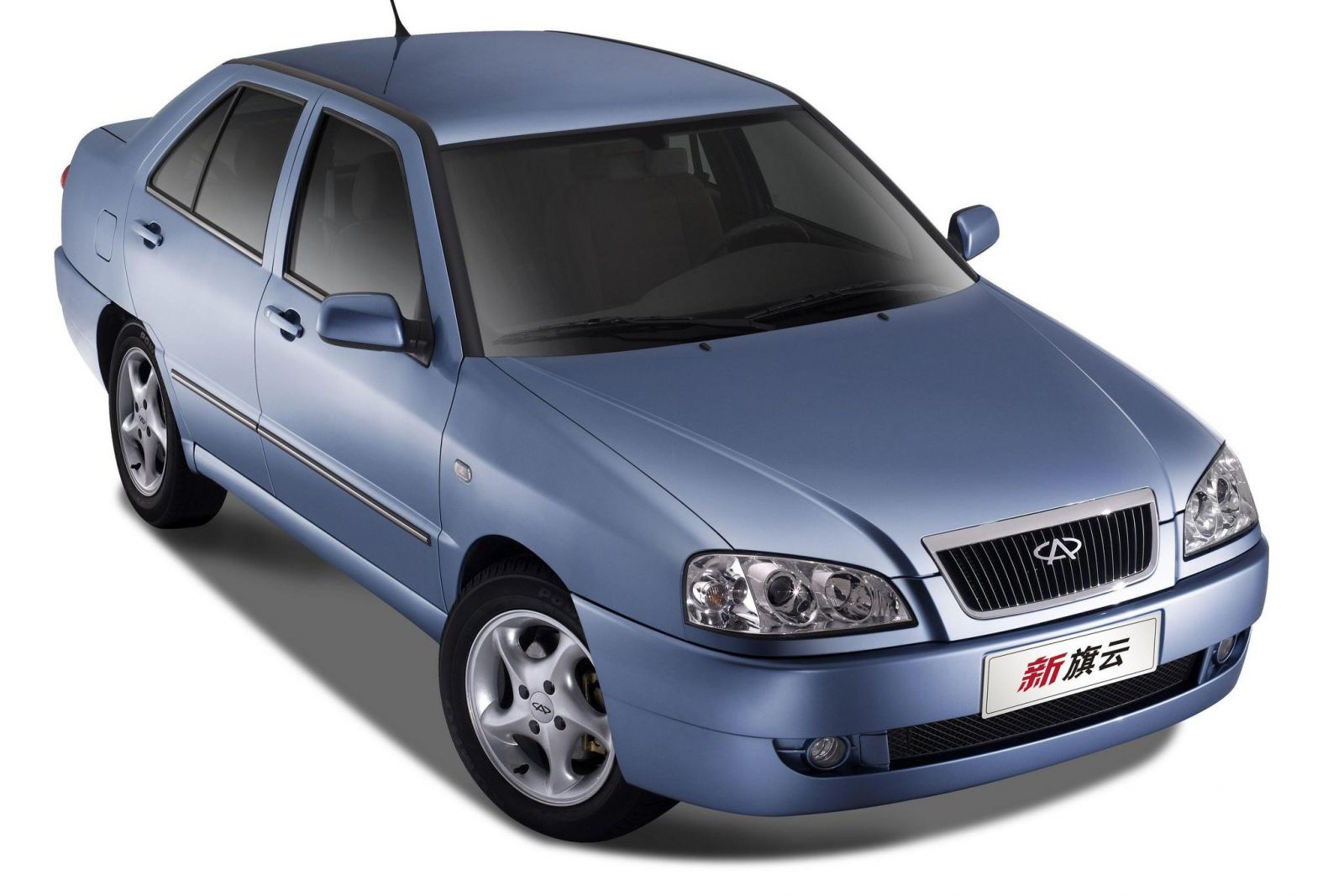
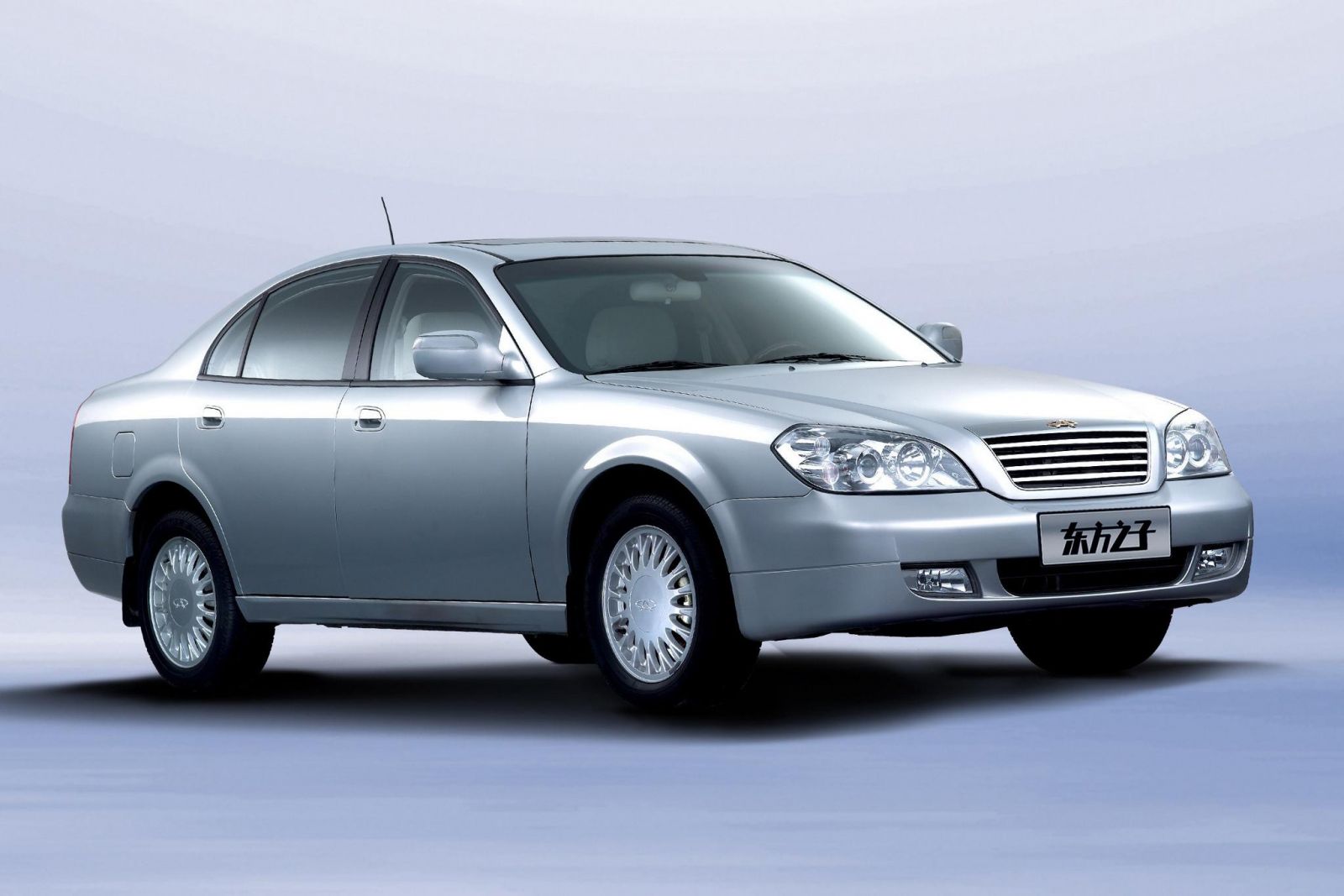
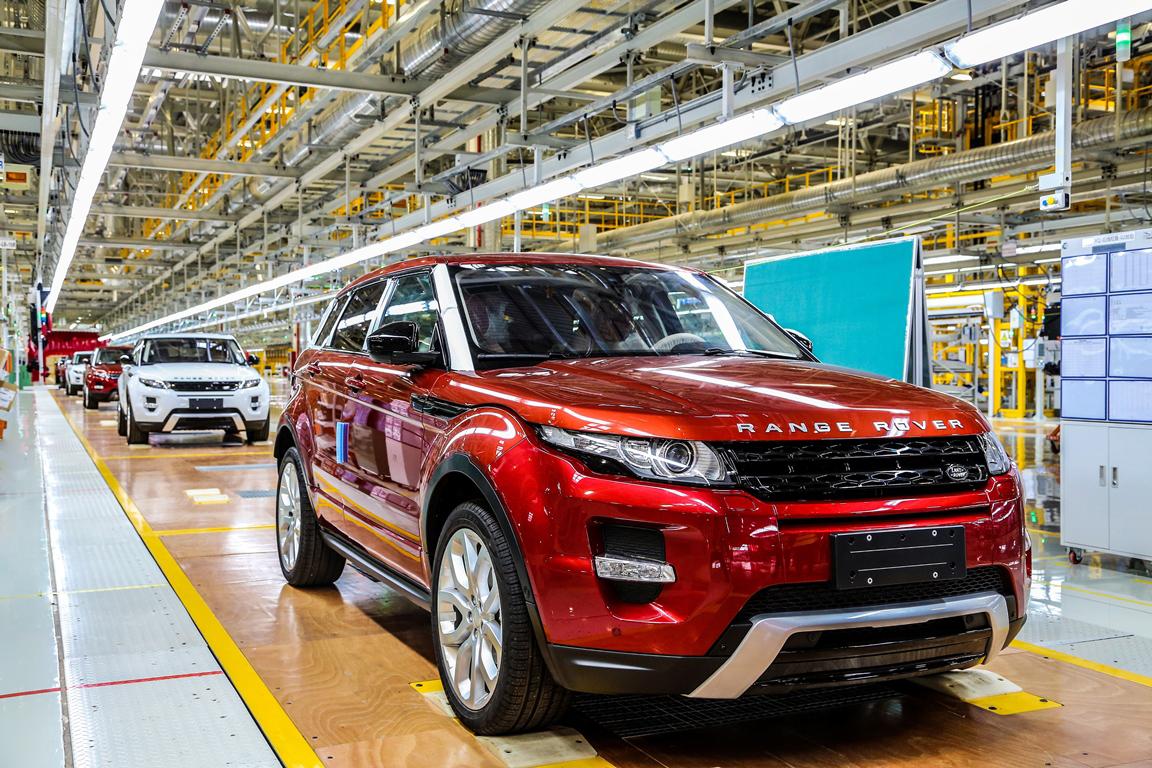
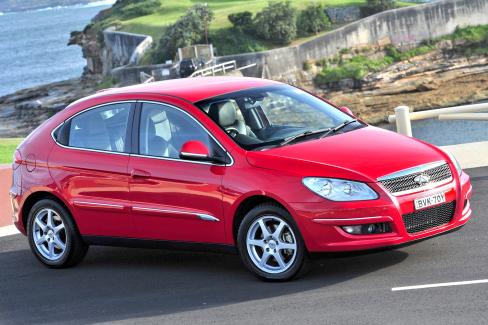


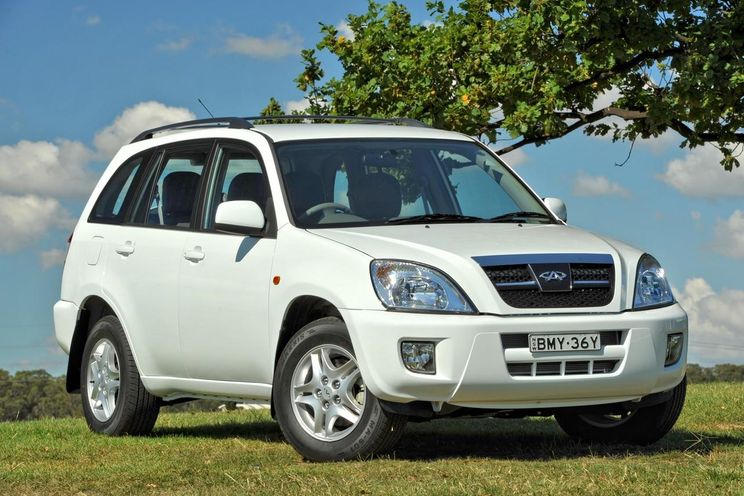



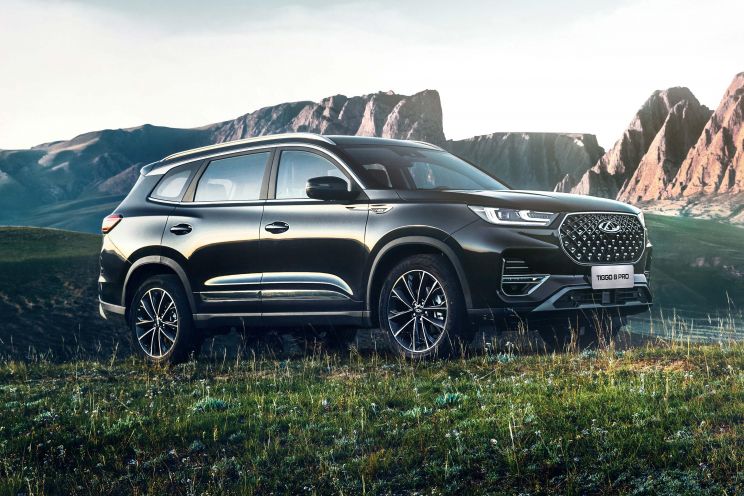






More Stories
A Review of the Suzuki GT500
My Love Affair With The ‘Widow Maker’ TL1000S
History of the Honda CB1000 (Big 1)